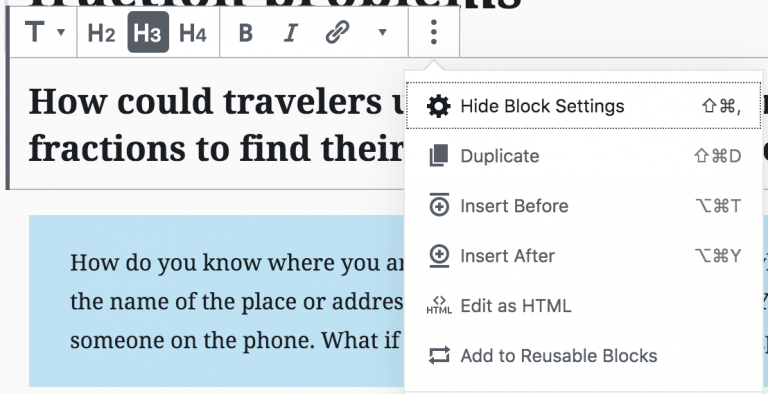FINALLY we look like we know what we’re doing
Yes, I do realize that I’m probably far more excited about our new website coming on line than is normal. Several points here on a Friday night:
- I completely disagree with those entrepreneurs who say, “You sell the sizzle not the steak” when what they mean is that they really don’t have a good product but just a good story a.k.a. a line of bullshit.
- I think we have benefited from never hiring anyone in our company who has experience as a middle manager.
- You’re better off having a great product and a lousy website than the other way around.
- Not having too much money can be a benefit when starting a business.
Thanks to Jon Sullivan for the yummy steak photo
Back in the paleolithic era when I was in undergraduate marketing classes, they drilled into us the four P’s – product, price, promotion and place. There were lots of things I learned in business school that I disagreed with, but one I have found to be true to this day is that the most important of those four P’s is product. If your product is terrible, you may get people to buy it once if it’s cheap enough, they live close enough or you advertise it enough, but they aren’t going to buy it again.
Since we began 7 Generation Games, our priority has been making math awesome. Our first game had a lot of problems, many of them due to incompatibilities with web browsers, being stopped by school district firewalls. Ever call technical support and the person on the other end of the line says to you,
“Well, it works on my computer.”
Yeah, it was like that. So, we have been working like crazy to add every feature, correct every bug reported by our infinitely patient and wonderful alpha and beta testers (we love you guys). We still have, literally, hundreds of improvements we want to make, and I expect we always will. I work on them every day. Spirit Lake: The Game works. It doesn’t crash, it has lots of math and kids like to play it. Fish Lake is in process. Making a good game was our highest priority and still is. We just hired another developer (yay!) to help us out, are ramping up the artwork for the next two games, hired people as testers, an audio engineer …
Now that we have more people working in our company we have started to implement some actual policies and procedures. We have a git repository, use a source management system, an issues tracking system, file sharing system. We signed up for Amazon Web Services, Google Apps for Work, basecamp, some payroll system Donna manages – a lot of stuff I thought would be useless for us at the beginning. This is why I am glad we never hired anyone who had been a middle manager – because I was right. That stuff would have been useless for us at the beginning. It would have wasted our time and kept us from doing the most important work of making a good product. When do you add that layer of management? When you find yourself swearing,
“Damn it, we NEED a way to make sure you’re not copying over the changes I just made!”
When you only have two people working, and both in the same house, one can holler upstairs to the other,
“Hey, I’m working on level 4 today, okay? So, don’t touch it.”
At that point, you don’t need version control. Now, we do. When we did hire a project manager, we hired someone who had run a small business for ten years who shared our idea of having the degree of management you absolutely need and no more.
Finally, finally, finally, we are updating the 7 Generation Games website which, I believe, Maria originally put together in four hours one afternoon. It isn’t as if we didn’t know it needed a huge improvement. We believed our less than infinite time was best spent improving the game, meeting with customers, getting their feedback, designing more levels. We’re a small company. At Unite 2014, I attended a session where a developer mentioned they had 50 people working on their game for 2 1/2 years and it still wasn’t finished – that’s 125 person-years! That’s just people making the game – not managers, marketing, accounting. We’ve spent something more than 2.5 person-years developing ours, which explains why we constantly feel like we need to put every spare second into development.
Having the luxury to worry about the website says something about how we have matured as a company. With new people hired to take the non-development work off of us and additional people picking up some of the development work, we no longer can say,
“Having a spiffy new website is the least of our problems.”
In fact, it’s been bugging the hell out of me for a few months now. Did I feel bad about it? Yes. Like the source management system, when it got to the point where it felt like,
“Damn it, we need this!”
instead of,
“Brother, I got 99 problems and that aint one of ’em”
that it was time to get it done.
I’ve had people tell me that we should have been working on our website with bells, whistles and gold tassels before now because “VCs won’t be impressed if you don’t have a professional website.”
Hmm. Not sure VCs will be impressed if you don’t have a product, either. I know companies that started about the same time as 7 Generation Games and had terrific website, brochures, every social media account you can imagine, unbelievably honed pitches – and they evaporated because they were all sizzle and no steak.
I’ve written before about Paul Hawken’s recommendation that in growing a business that you do as much for yourself as possible. That’s a whole post in itself, but to cut to the point – you keep your overhead low, which means you don’t require external funding in the short run. You are more viable in the long run not just because you have low debt and low operating expenses, but you also have the asset of everything you have learned yourself.
But we still hired someone else to update the website (-:


I understand your underlying point but you’re sending the wrong message about version control.
I work alone on personal projects and I benefit greatly from control version with Git. And I’m not a middle manager… It’s so easy to set up and use. Branching is great for trying new stuff, and I’m never afraid of cleaning the codebase by refactoring and removing lots of stuff because I can always get stuff back from earlier commits.
Concerning the website, maybe having a crappy one worked out for you because of your notoriety. Plus your activity on your blog showed that you were working hard on the product and serious about it. Not so sure it works the same way for real startups who need to demonstrate their ability.
We use Git also and I would certainly not argue against it. We also use time machine for regular backups so going back to an earlier version is not a problem.
In order, I think what we did was
1. Create our own individual Git repositories,
2. Use Source Tree to control and record changes better
3. Use Amazon Web Services for our own dedicated server
We did set up repositories fairly early on, but there were a couple of times we made SO many changes it was not a branch, it was essentially a new project.
My point is still the same. First of all, we did these in order and didn’t jump to AWS until we had a need. Second, we started with, when we had a completely overhaul renaming it Spirit_Lake2 or something else.